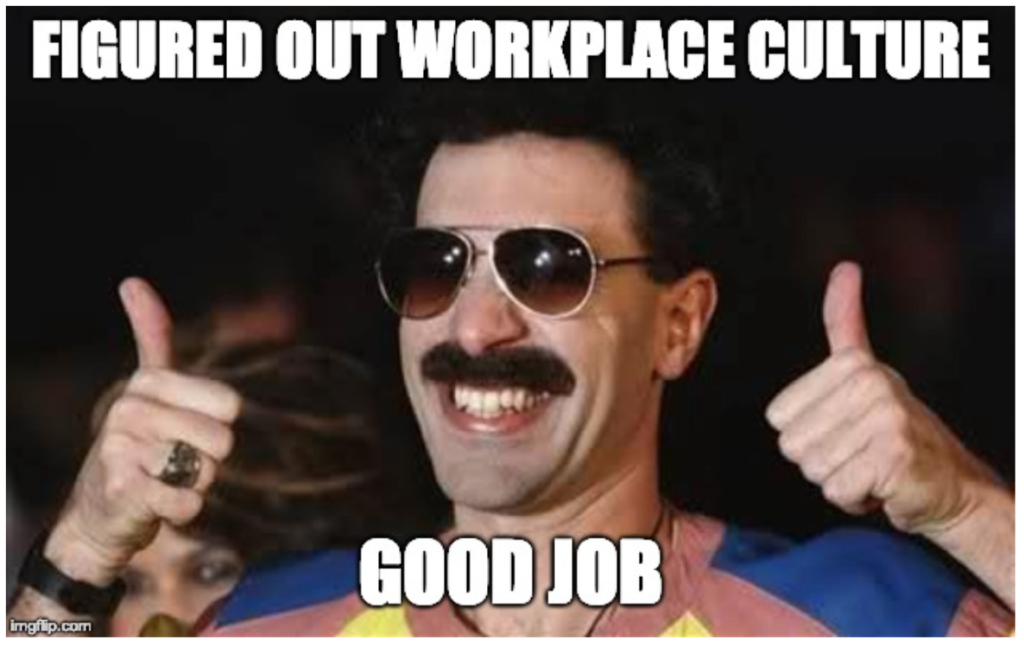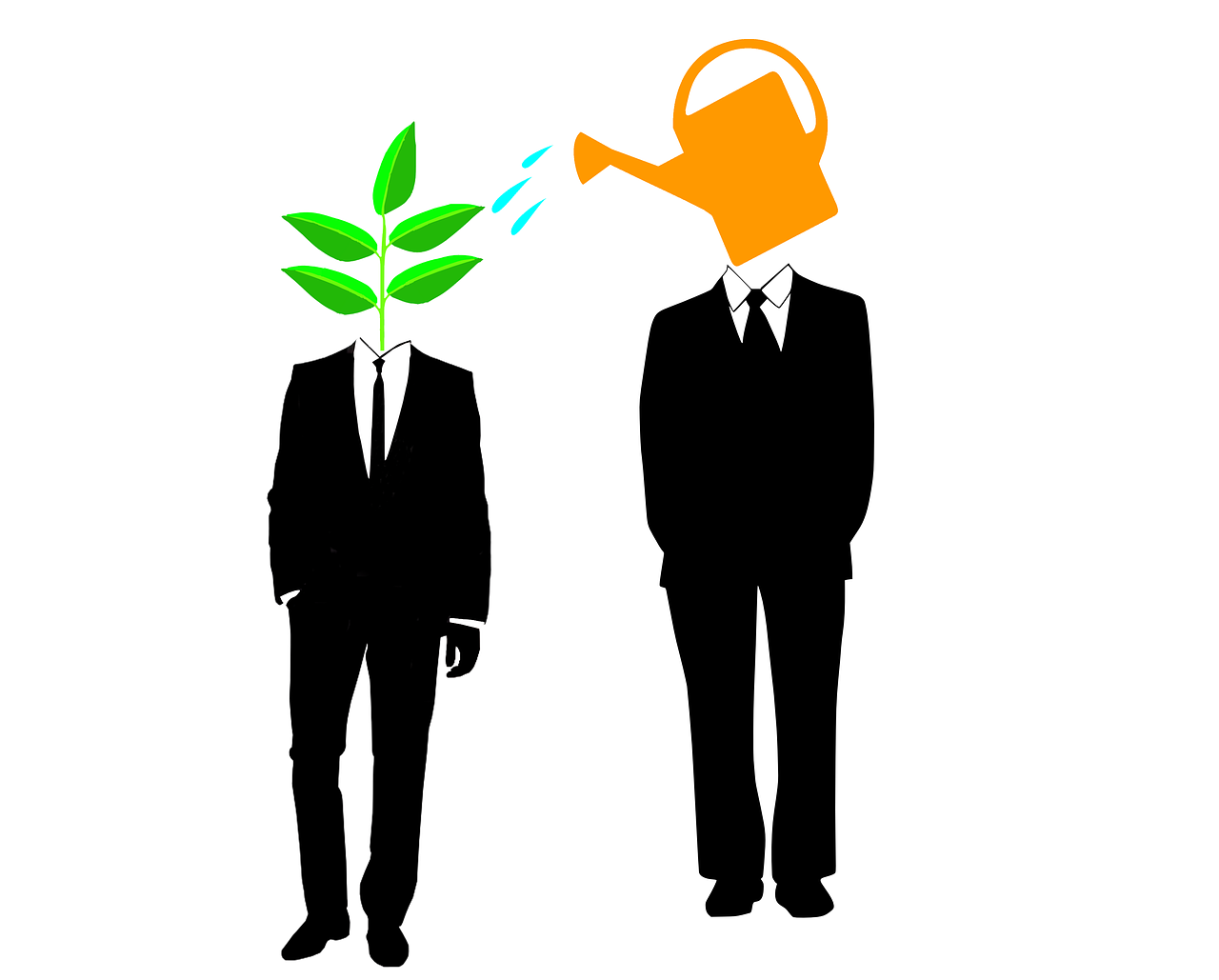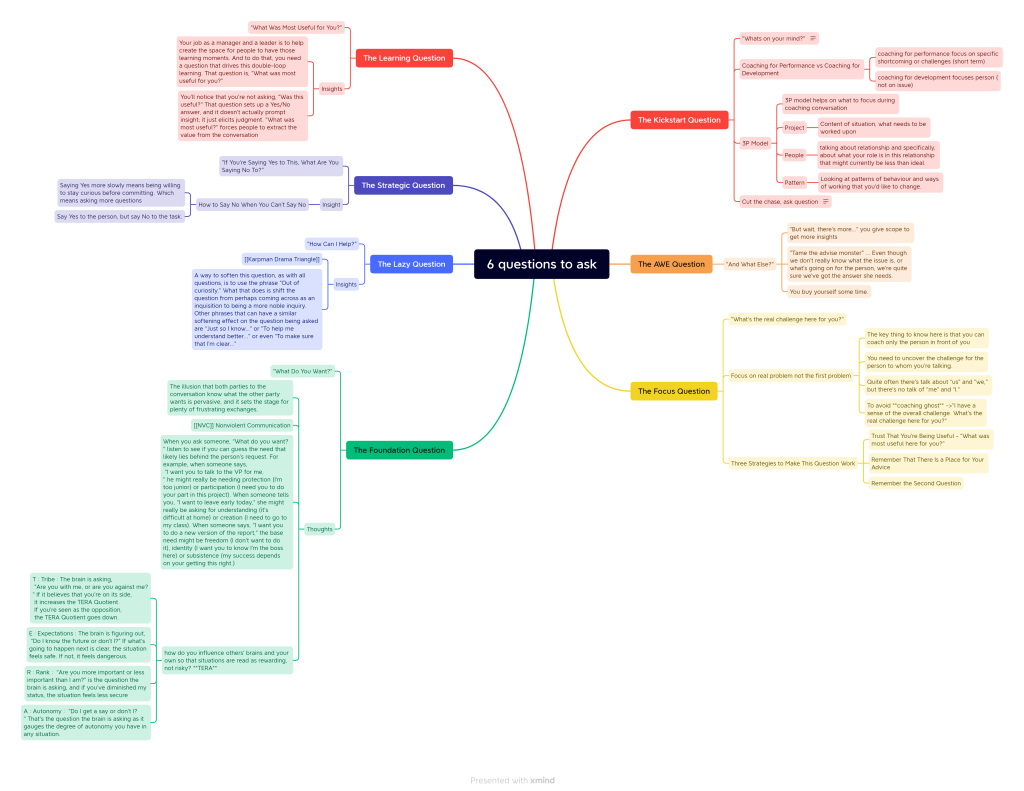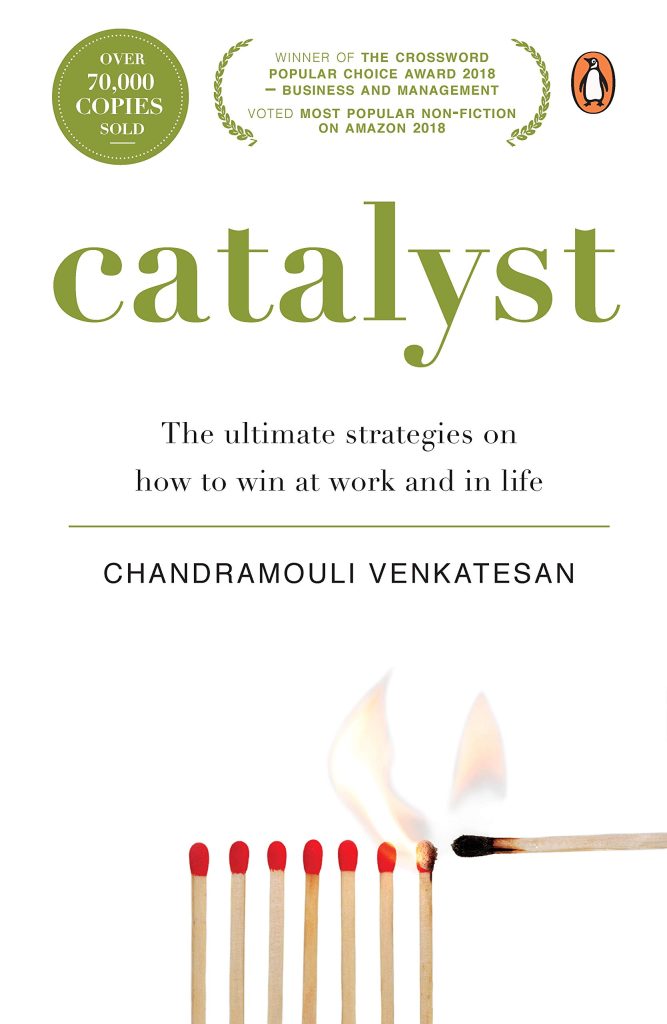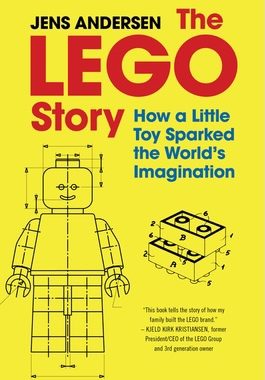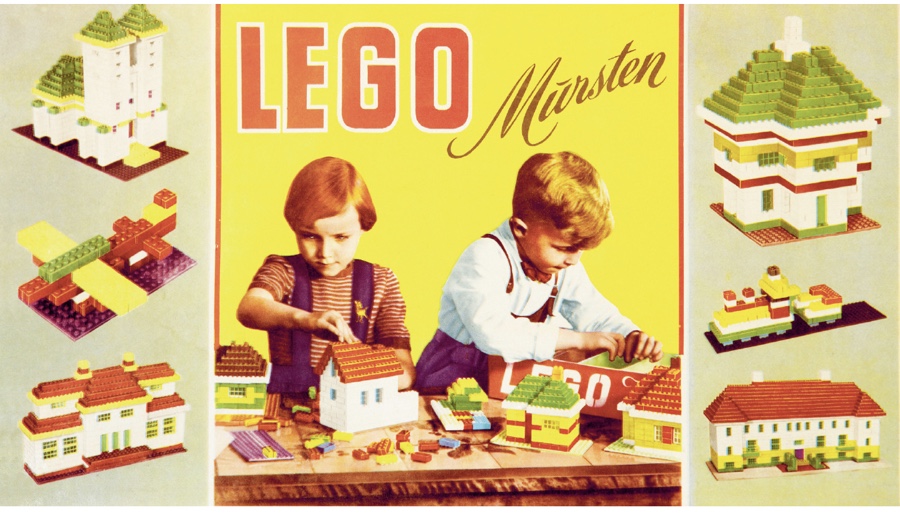Nothing against strategy planning, many companies do, many entrepreneurs do it, and seems part of lingo for business consultants. But as I think more on this word ‘Strategic Planning’, the word it-self start making me more confused. Typically under strategic planning, is something organization takes as a list of activities, e.g. improve customer’s engagement, start new talent development program or launch a new product! off course good intention, but hardly meeting the end goal, as its mostly made without a strategy!
Strategy is how much value we create in first place,
- value for customer,
- for employee and
- for supplier.
Strategy is what one come up with to over cum VUCA world (Volatility, Uncertainty, Complexity and Ambiguity). Strategy is an set of choices, that position us in our chosen playing field in a way, that we will win. Strategy is a theory, it tells us why we should be in this playing field, and how we can do better on this playing field, and how we can be better on this playing field to better meet and exceed customer’s expectation. The strategy should be coherent and doable, and it should be easily translate to action!
Planning is what typically we do, set of doable activities, list of todos. The plan need not be coherent, its really works in silos, its difficult to make a plan which encompasses company’s goal.
One thing to note, Strategy’s end game is external customer’s satisfaction (to take on market), however Planning’s end game is internal customer’s satisfaction, mostly the guys who make plan, and will be happy to make it success, invariably tweaking plan on its way to make it work somehow.
As planning is completely with internal set of resources and cost, which organization owes, its easy to control, and get it done, e.g how many people to hire? how much we should expand? how many product to launch etc..? Here, we are the one to decide ‘how much’ based on our control over cost and resource, hence a favourite tools for leaders.
Strategy is for external customer, which we can’t control, we can’t control the revenue or the outcome. Its not possible to tweak customer’s need to get the end result match our expectation. And hence its a difficult activity to pursue. Its very easy to say for example, I’ll launch a new product, however its not easy to say ‘customer will end up liking my product over my competitor. While we are working on planning to make customer happy, chances are alteast on competitor we will find out about this plan and figure out how to win.
Lets take example of budget flight operator e.g. Indigo or Southwest vs premium operators American airways, Lufthansa and ex Air India. When these people are busy in planning and optimizing their routes to make business more profitable, in journey missing most important aspect ‘customer’s satisfaction’, Indigo and Southwest moved away from hub and spoke design to point to point design, ensuring customer across 2nd tire cities now get easy access to destinations, the strategy here was ‘Substitute for local bus service, and prices are substantially lower prices than premium carriers, and focus on one air craft, and be specialize in short haul service’.
As a manager and leader, we taught to do thing, of which success we can prove in advance, to minimize the risk of failing. However in new business, a new strategy demands ambiguity, and old experience may not help build a strategy, to which we can’t prove the success in advance. We should be clear about our theory, if theory is right, this will put us in the playing filed which will put us in excellent place to exceed expectations from customer. We need to accept the fact that we can’t be sure the Strategy will work in advance, or we will succeed. By accepting this fact, we also accept the angst and anxiety to make it work, which is a good thing.
Not knowing for sure,
isn’t bad Management,
it’s a great Leadership.
To make Strategy to work, few suggestions
- Layout the logic behind strategy clearly
- Strategy is a journey, with clear logic, its easy to make changes, if logics are not matching with real word scenario. As we know why and which logic is failing, we can tweak strategy to adapt to new and more relevant logic.
- Keep the Strategy simple. One pager -> where we are choosing to play, How ware choosing to win, The capabilities we need to have in place, and org structure to support this.
- Accept the worry and angst during the journey .
Some good reads:
